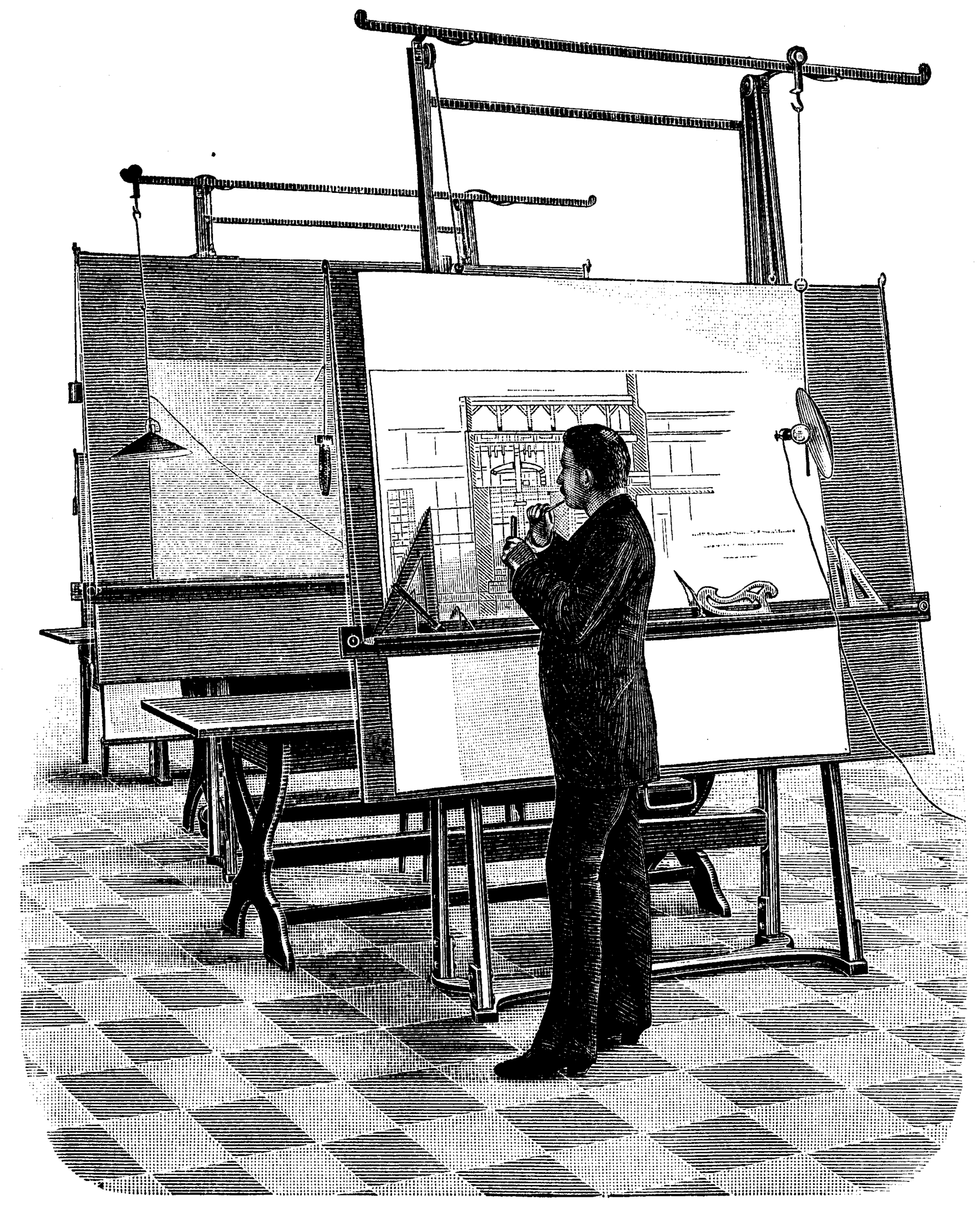
Working with an Architect: A Guide to Enhancing Your Home
Unleash the Potential of Your Home with an Architect’s Guidance
Embarking on a home project? Discover how to work with an architect to transform your living space.
Collaborating with a professional can seem daunting. Yet, with the right tips, working with an architect for your home can be a seamless experience. Here’s a roadmap for harnessing the expertise of an architect home design professional and making your dream architect-designed homes come to life. Let’s dive into the key steps to ensure a fruitful partnership.
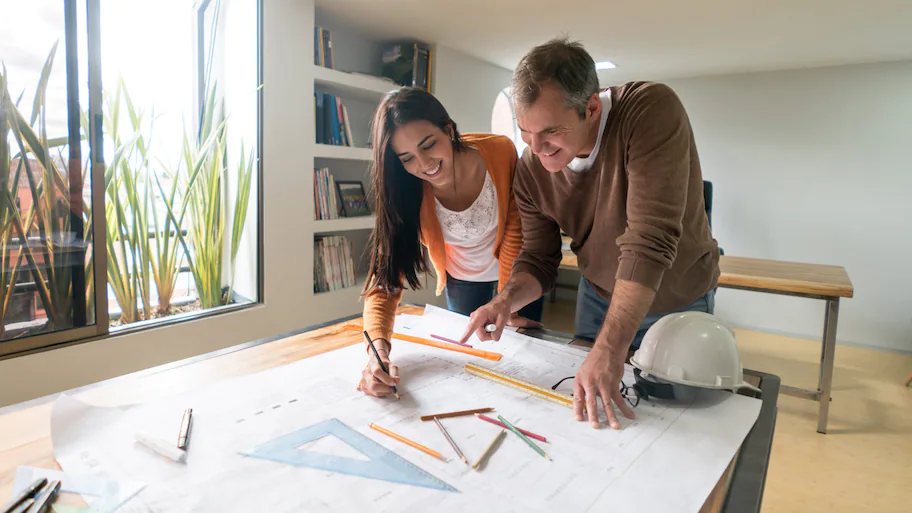
Mastering the Architectural Blueprint: Your Step-by-Step Guide
Delving into how to work with an architect on your home? First, get acquainted with the architectural process. Knowing what to expect ensures a smooth collaboration.
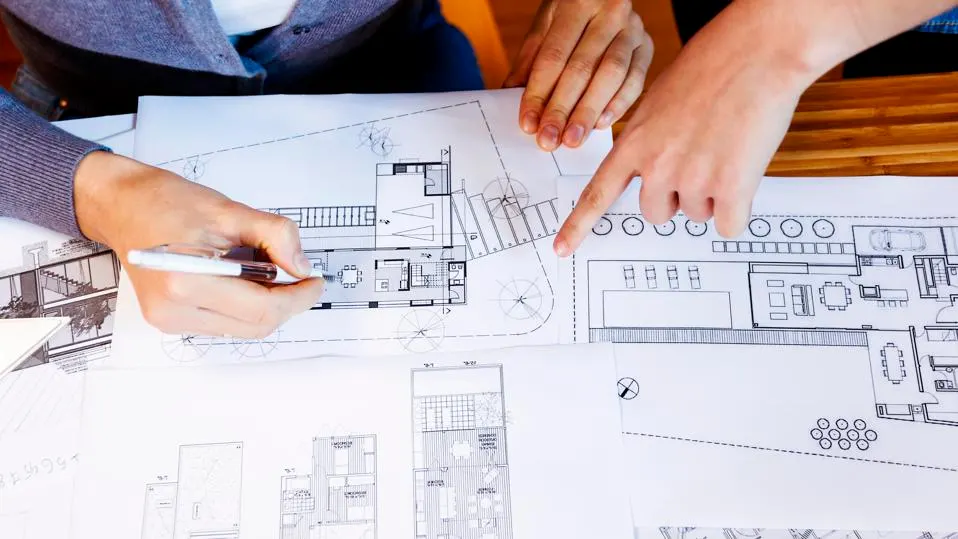
Kick-starting the Vision: Initial Discussions and Site Visits
It all begins with a conversation. Discuss your vision, needs, and desires for your space. The architect will then assess your property, considering its potential and constraints. Site visits are pivotal; they allow the architect to grasp the essence of your home, its surroundings, and its unique features.
Sketching the Dream: Preliminary Designs
Once the architect understands your vision, they’ll translate it into preliminary sketches. These early drafts give a glimpse of architect home design possibilities, providing a visual foundation for your project.
Development of Detailed Plans
This phase involves refining those sketches into detailed plans. Your architect will draft accurate drawings, ensuring every inch of your home is thoughtfully designed. These plans are crucial for builders and contractors later in the process.
Revisions and Approvals
Collaboration is a two-way street. Review the plans, offer feedback, and ask questions. Your architect will make necessary changes, ensuring the design aligns with your vision. This iterative process ensures you’re satisfied before moving forward.
Final Designs and Technical Drawings
Once everything is in place, the architect finalizes the designs. These technical drawings guide the construction process. They include specifics, from materials to measurements, ensuring your dream architect-designed homes become reality.
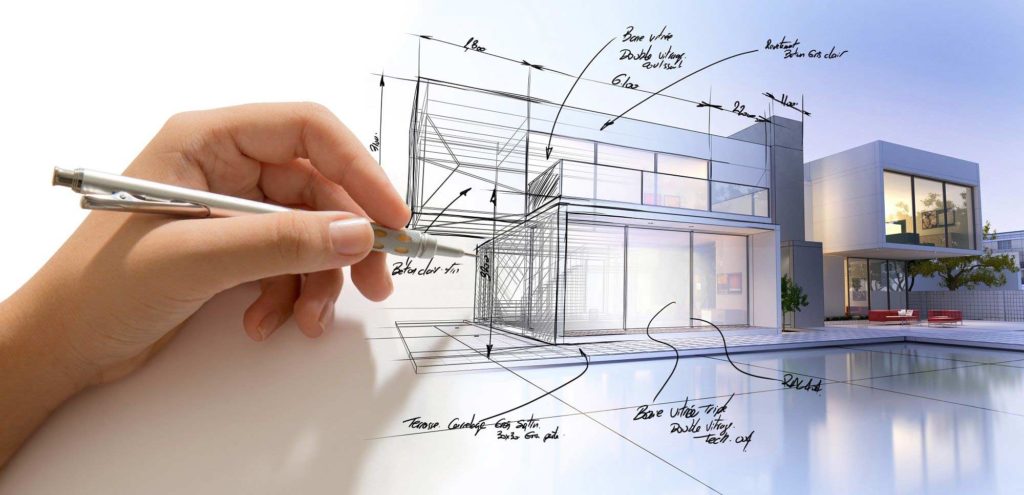
Building Dreams and Budgets: Strategising Time and Money
Embarking on a home project requires not only creativity but also strategic financial planning. Here’s how you can expertly navigate the monetary aspect when working with an architect for your home.
Engage Openly with Your Architect
Begin with absolute clarity. Communicate your financial constraints and expectations. Transparent discussions form the bedrock of a successful project, enabling your architect to tailor solutions fitting your budget.
The Architect’s Role in Cost Estimation
Ever wondered about the specifics of how to work with an architect when budgeting? Architects play a pivotal role in estimating costs. With their vast experience, they can provide a detailed breakdown of expenses, from materials to labour, ensuring you get the most value for your money.
Expecting the Unexpected: Building in Contingencies
No project is without its surprises. Hence, always factor in a contingency budget. This financial cushion, usually an extra 10-20% of your total budget, ensures unforeseen costs don’t derail your plans. Your architect can guide you in determining an appropriate contingency based on your project’s complexity.
Managing and Revising the Budget
As the design evolves, so might costs. Regularly review the budget with your architect, adapting as necessary. With expert tips for working with an architect, you can make informed decisions, whether it’s about reallocating funds or prioritizing certain elements.
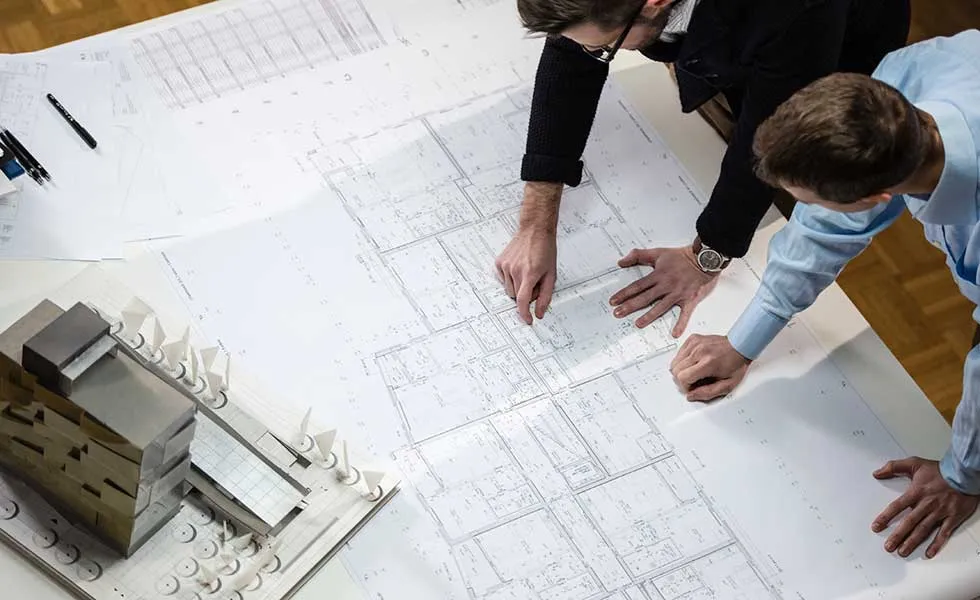
Mastering Communication While Working with Your Architect
As you delve deeper into how to work with an architect on your home, one thing becomes clear: communication is paramount. It’s the linchpin that ensures your vision translates seamlessly into reality. Let’s explore how to optimise this vital aspect of collaboration.

Regular Check-ins and Updates
Consistent communication eliminates the guesswork. Schedule regular check-ins with your architect. These touchpoints, whether weekly or bi-weekly, ensure you’re updated on progress, upcoming milestones, and any challenges that may arise.
Embrace Both Praise and Critique
Your architect values your input. Celebrate the aspects you love and don’t shy away from voicing concerns. Feedback, both positive and constructive, refines the design, ensuring it aligns perfectly with your aspirations. Remember, this is your dream architect home design; your opinion is invaluable.
Addressing Disagreements or Misunderstandings
Differences in opinion are natural. What’s essential is how they’re managed. Address concerns promptly, fostering an atmosphere of mutual respect. Open dialogue transforms challenges into opportunities for growth and refinement.
Using Tech Tools for Seamless Collaboration
With the plethora of digital tools available, distance and time zones are no barriers. Utilize software and apps for real-time collaboration, be it video conferencing, cloud-based design sharing, or instant messaging. These tools amplify the efficiency of working with an architect, bridging gaps and speeding up decision-making.
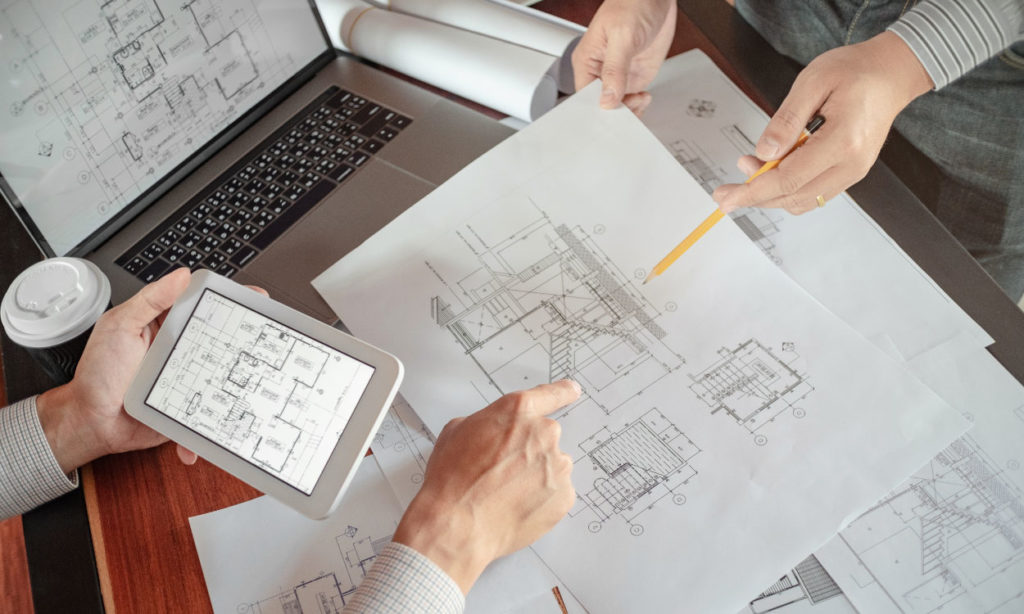
Crossing the T’s: Streamlining Approvals and Permits for Your Architect-Designed Home
When dreaming of your perfect home, the intricate web of approvals and permits might not be your first thought. Yet, it’s a critical component in making that dream tangible. Let’s break down how to sail smoothly through this often complex terrain when working with an architect for your home.

Pioneer of Paperwork: Your Architect’s Role in Obtaining Permits
One undeniable perk of having an architect by your side is their expertise in manoeuvring the permit labyrinth. They’re adept at compiling required documents, understanding nuances, and liaising with local authorities. Essentially, they’ll spearhead the effort, ensuring your design adheres to regulations and swiftly secures necessary approvals.
Local Regulations and Zoning Laws
Different locales come with their distinct set of building codes, zoning laws, and restrictions. Your architect’s deep understanding of these local nuances proves invaluable. They’ll ensure your home design complies with safety standards, environmental considerations, and other regional mandates. This proactive approach mitigates the risk of costly revisions down the line.
The Power of Teamwork: Coordinating with Other Professionals
An architectural project is often a symphony of multiple professionals harmonising their expertise. Your architect serves as the conductor, seamlessly coordinating with engineers, contractors, and other specialists. This ensures every aspect, from structural integrity to aesthetic finesse, aligns perfectly, bringing your architect-designed home to life.
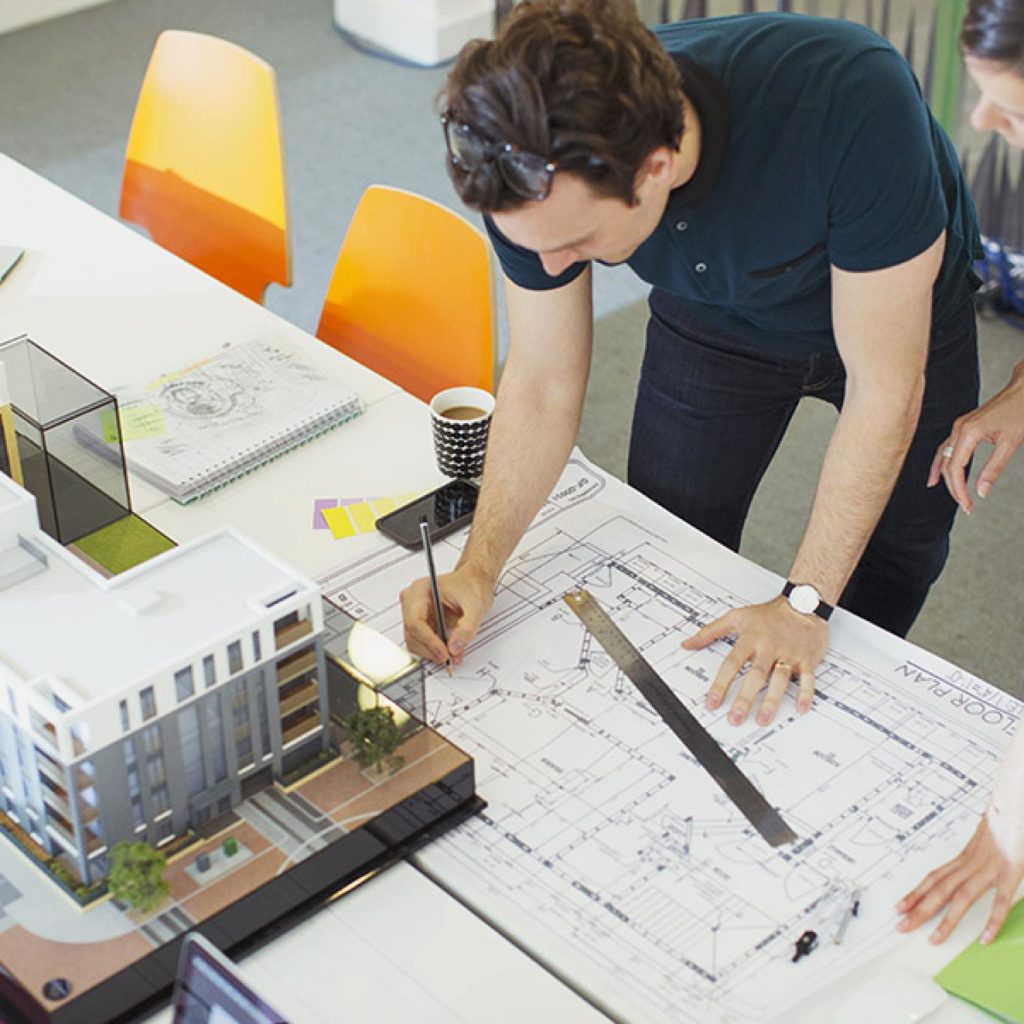
Painting Dreams into Reality: Bringing Your Vision to Life with Your Architect
Realising the dream of your ideal home is an exciting journey, one filled with anticipation and enthusiasm. As you tread this path, understanding the nuances of working with an architect can be transformative. Here’s how to ensure your vision materialises in its most magnificent form.
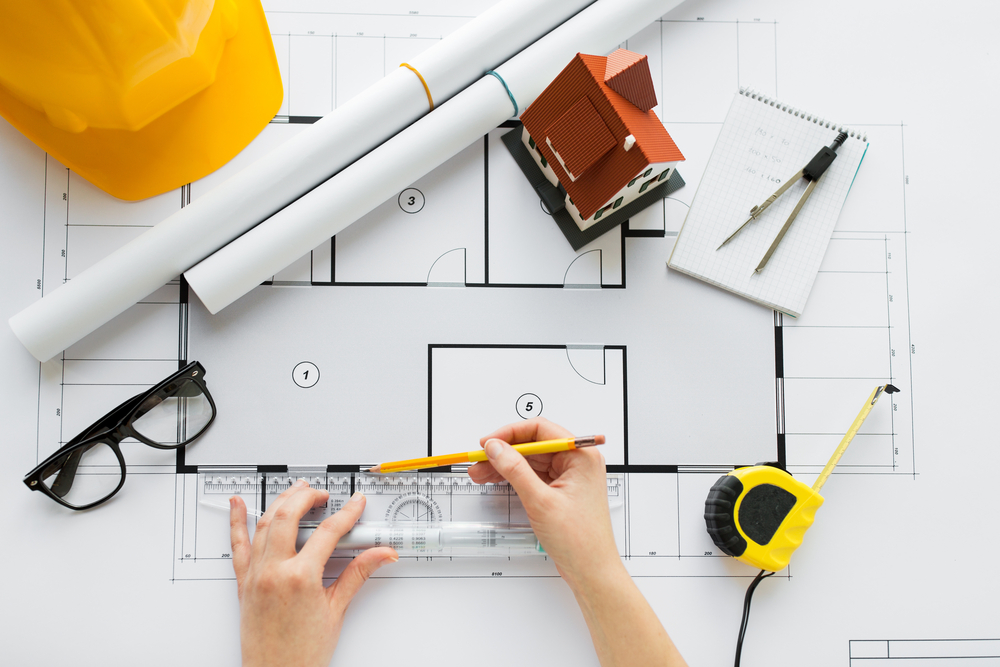
Trusting Your Architect’s Acumen
At the heart of a successful architectural endeavour is trust. Your architect, with their wealth of knowledge and experience, aims to craft spaces that resonate with your desires. Trusting their expertise doesn’t just accelerate the process; it also amplifies the outcome’s quality. Remember, they’re as invested in creating your dream space as you are.
Staying Open to Suggestions
While you come with a vision, your architect brings a treasure trove of ideas that can enhance that vision. Stay receptive to their suggestions and alternative solutions. Sometimes, a fresh perspective or an innovative approach can add dimensions to your home you hadn’t imagined. It’s this collaborative synergy that crafts truly unique architect-designed homes.
The Art of Adaptability
Every creative process has its ebbs and flows, moments of clarity, and bouts of uncertainty. The key is adaptability. Whether it’s a material unavailable or a design tweak for enhanced functionality, being flexible can be a game-changer. This adaptability, paired with your architect’s expertise, ensures the journey to your dream home remains unhampered.
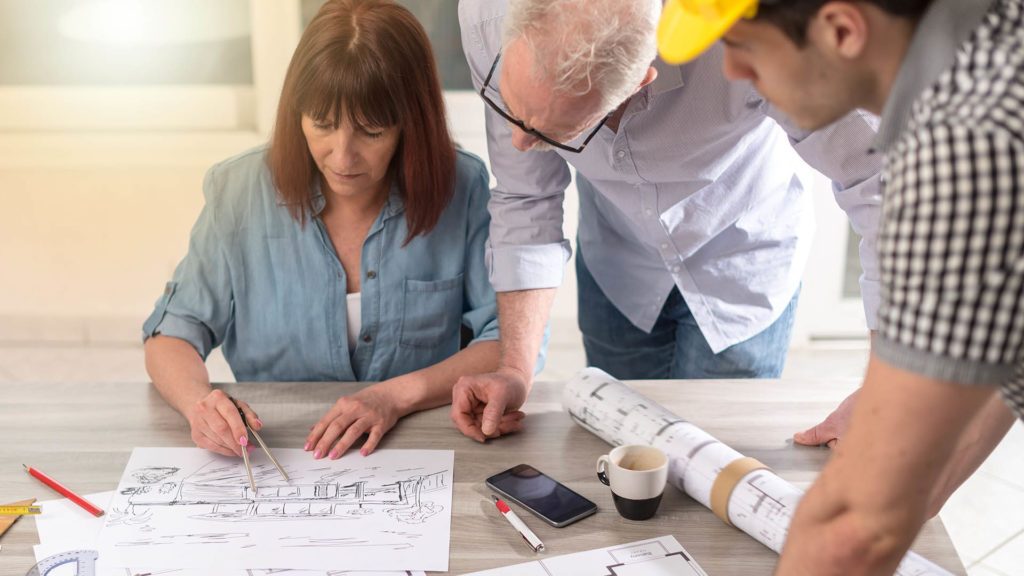
From Blueprint to Build: Navigating the Construction Phase with Your Architect
Once the designs are in place and approvals secured, it’s time for the exhilarating phase: construction. This transition from paper to structure is pivotal, and understanding how to best collaborate with your architect during this phase is paramount. Here’s a guide to ensuring working with an architect during construction is a streamlined affair.
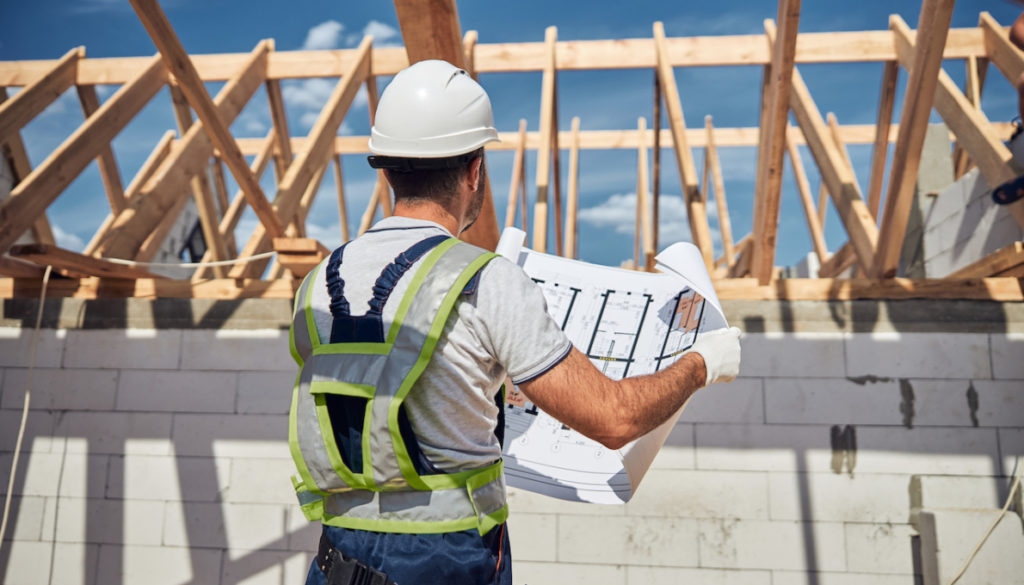
The Architect’s Role During Construction
Your architect’s involvement doesn’t end with finalised designs. They play a pivotal role in overseeing the construction, ensuring the intricate details in the blueprint manifest impeccably on the ground. From material selection to ensuring structural fidelity, their watchful eyes guarantee the build aligns with your vision.
Coordination with Contractors and Builders
The construction phase is a collaborative dance between various professionals. Your architect ensures this dance is harmonious. They liaise with contractors and builders, translating technical jargon, mediating concerns, and ensuring everyone is aligned with the project’s goals.
Architect’s Site Visits and Quality Checks
Regular site visits are integral to maintaining quality. Your architect will routinely assess the progress, cross-checking with the designs and ensuring quality standards are met. These visits are your project’s quality assurance, catching potential issues before they escalate.
Addressing and Resolving Issues
No construction journey is devoid of challenges. Whether it’s an unforeseen site condition or a material delay, issues can arise. However, with an architect at the helm, solutions are promptly found. Their expertise in problem-solving ensures your project remains on track, even in the face of challenges.
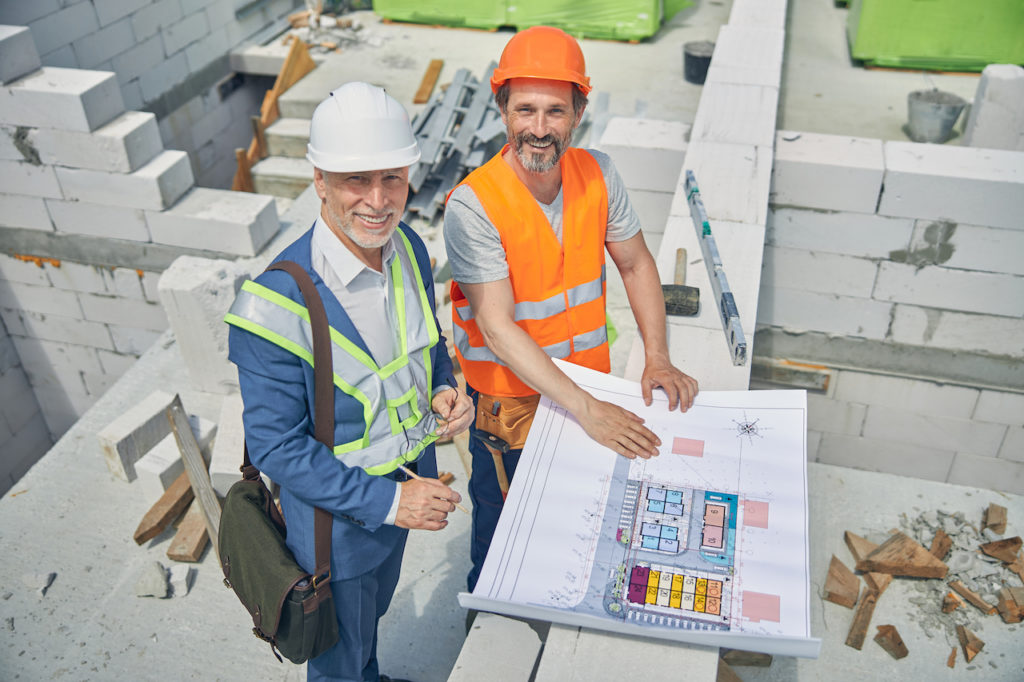
The Finishing Touches: Post-Construction Considerations for Your Dream Home
Once the dust settles and construction concludes, the journey with your architect is far from over. The post-construction phase is about reflection, documentation, and celebration. Here’s how to navigate this concluding chapter.
Evaluating the Finished Project with Your Architect
Walk through your newly constructed space alongside your architect. This shared evaluation ensures any final touches are addressed promptly. It’s an opportunity to discuss the project’s success areas, any challenges faced, and lessons learnt.
Post-Project Documentation and Warranties
Your home, being a significant investment, needs a protective layer of documentation. Your architect will provide detailed records, blueprints, and essential warranties. Safeguarding these documents ensures you have a reference point for future modifications or maintenance.
Toast to Dreams Realised: Celebrating Your Collaboration
The culmination of months (or even years) of collaboration deserves recognition. Celebrate the milestone. Whether it’s a simple dinner with your architect or a housewarming party, cherish the moment. After all, the journey of creating your dream home is as monumental as the result.

The Power of Working with an Architect in Crafting Dreams
Reflecting on the entire process, one truth emerges: the client-architect relationship is the cornerstone of a successful home project. It’s a bond forged in trust, nurtured with mutual respect, and solidified with shared successes. The value of this collaboration is immeasurable, translating dreams into structures, and visions into living spaces. As you settle into your new home, remember the shared journey, the challenges overcome, and the dreams realised. It stands as a testament to the enduring magic of a fruitful client-architect partnership.

Frequently Asked Questions
It’s advisable to consult an architect early in the planning phase. This ensures that your ideas are feasible and helps in setting a realistic budget and timeline for the project.
Yes, draftspersons can design houses. However, they typically focus on technical drawings and might not offer the holistic design approach that architects do.
Yes, smaller renovations might not require an architect. However, for complex projects or structural changes, an architect’s expertise can be essential.
While primarily known for design, many architects also offer project management services, overseeing construction to ensure the design is faithfully executed.
Research their previous work, read reviews, and seek recommendations. It’s essential to choose someone who understands your vision, has experience in similar projects, and is open to collaboration.
